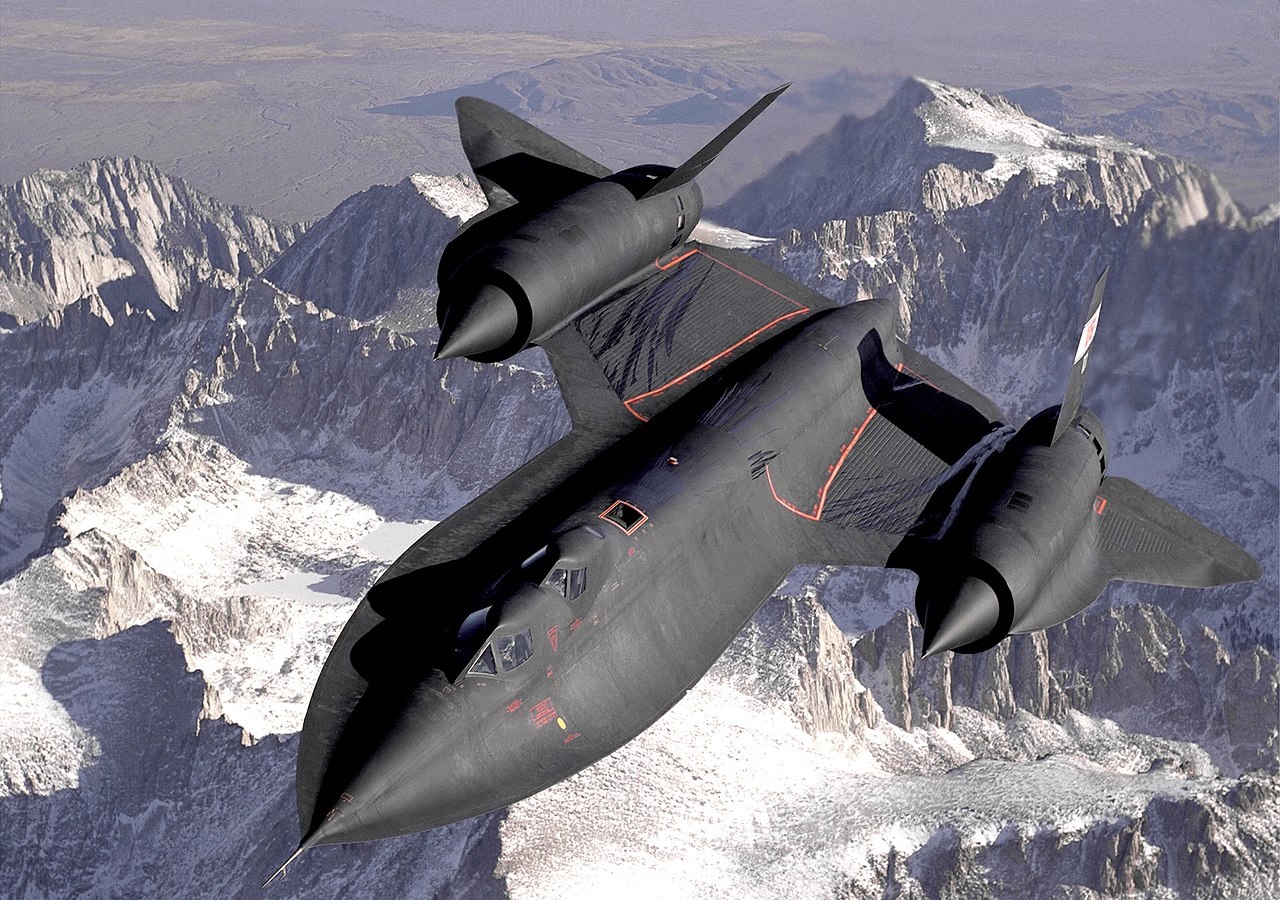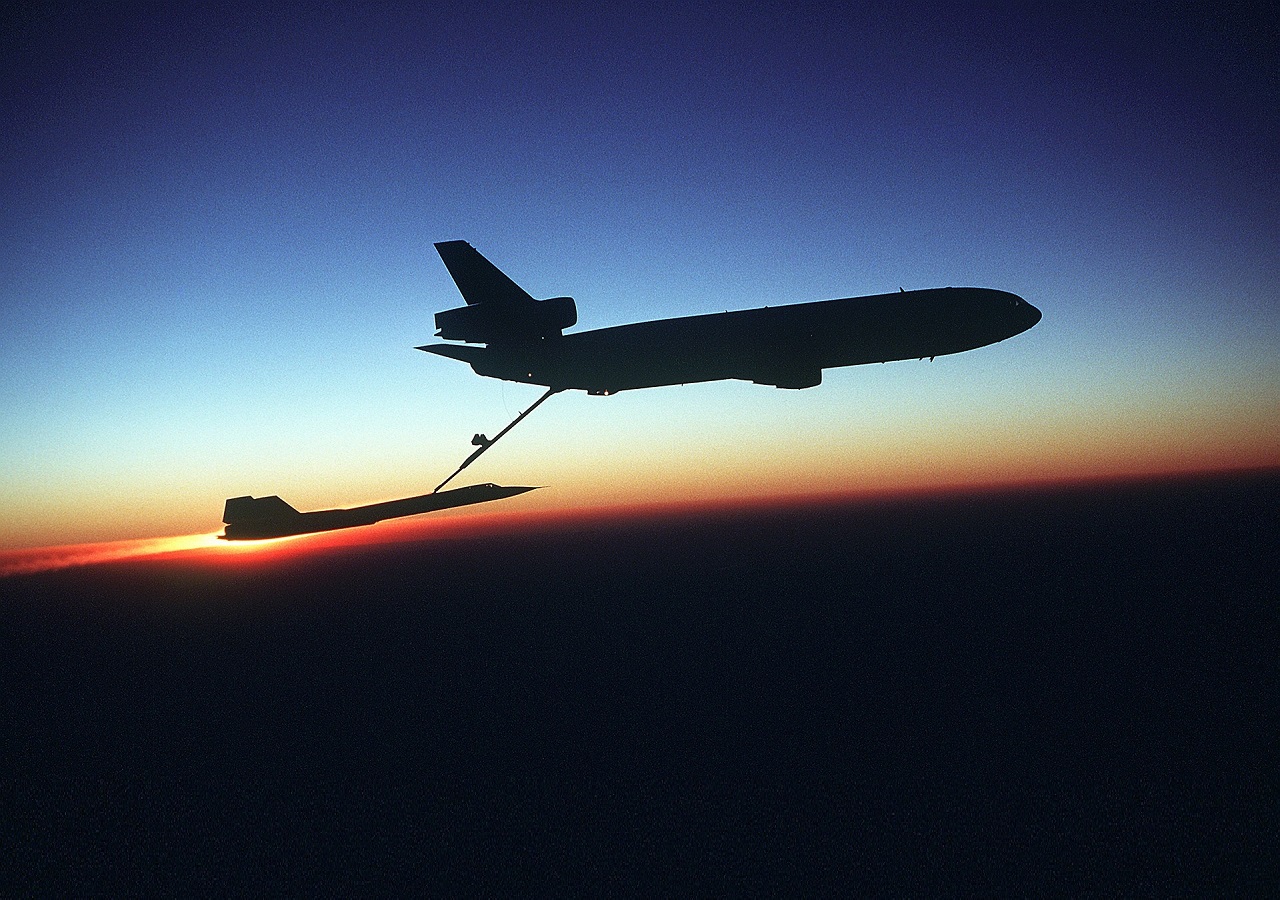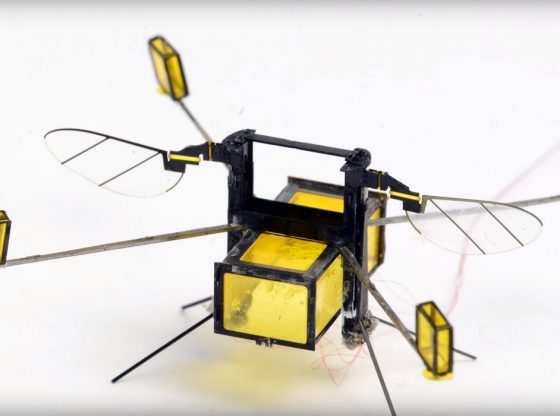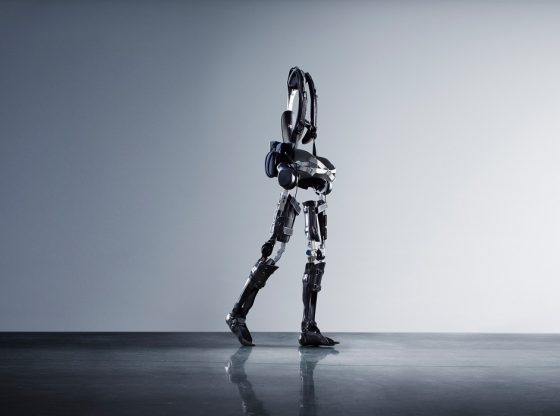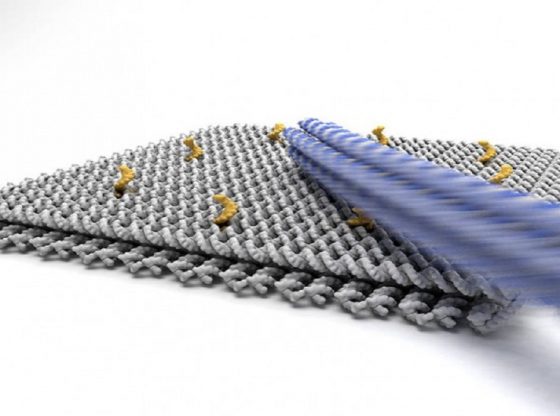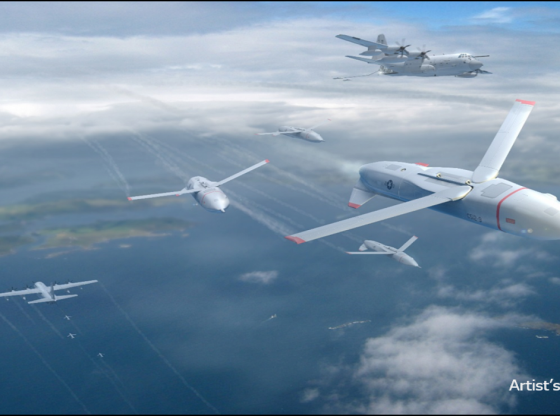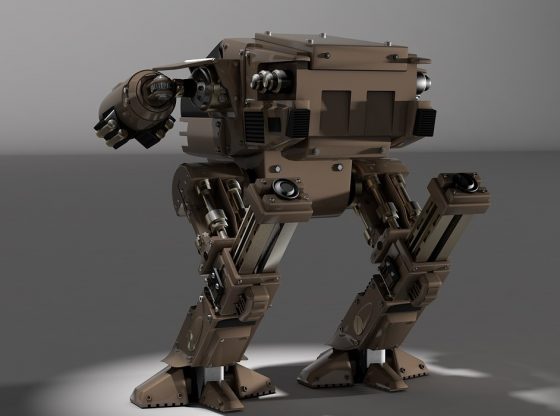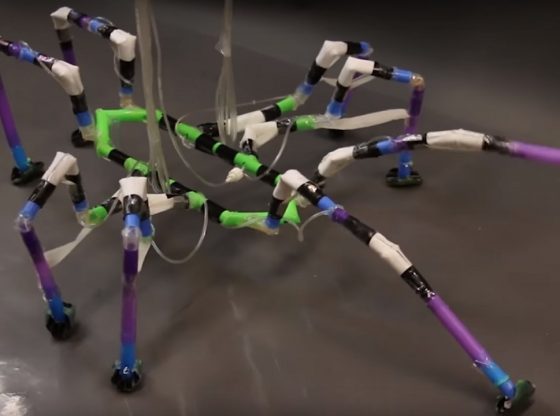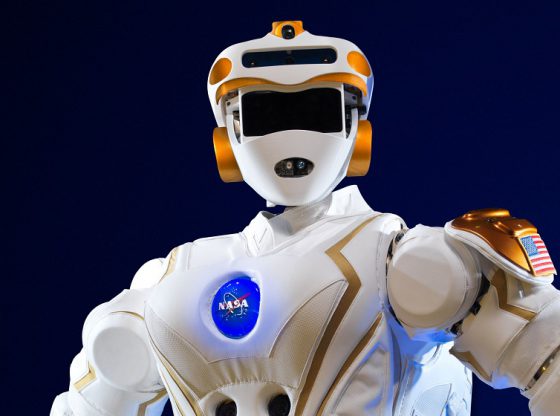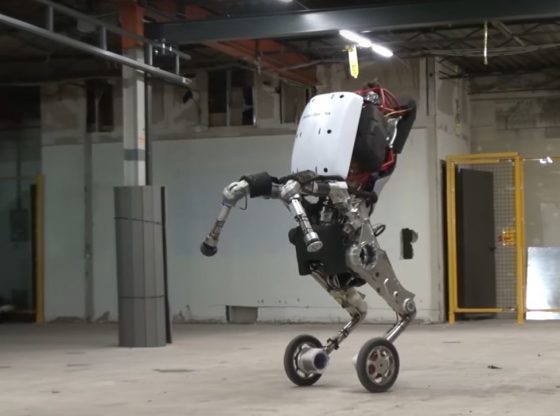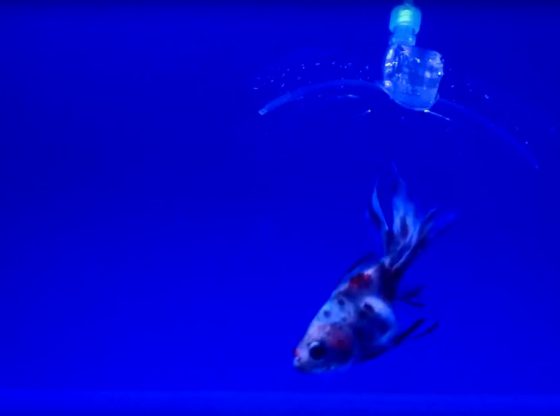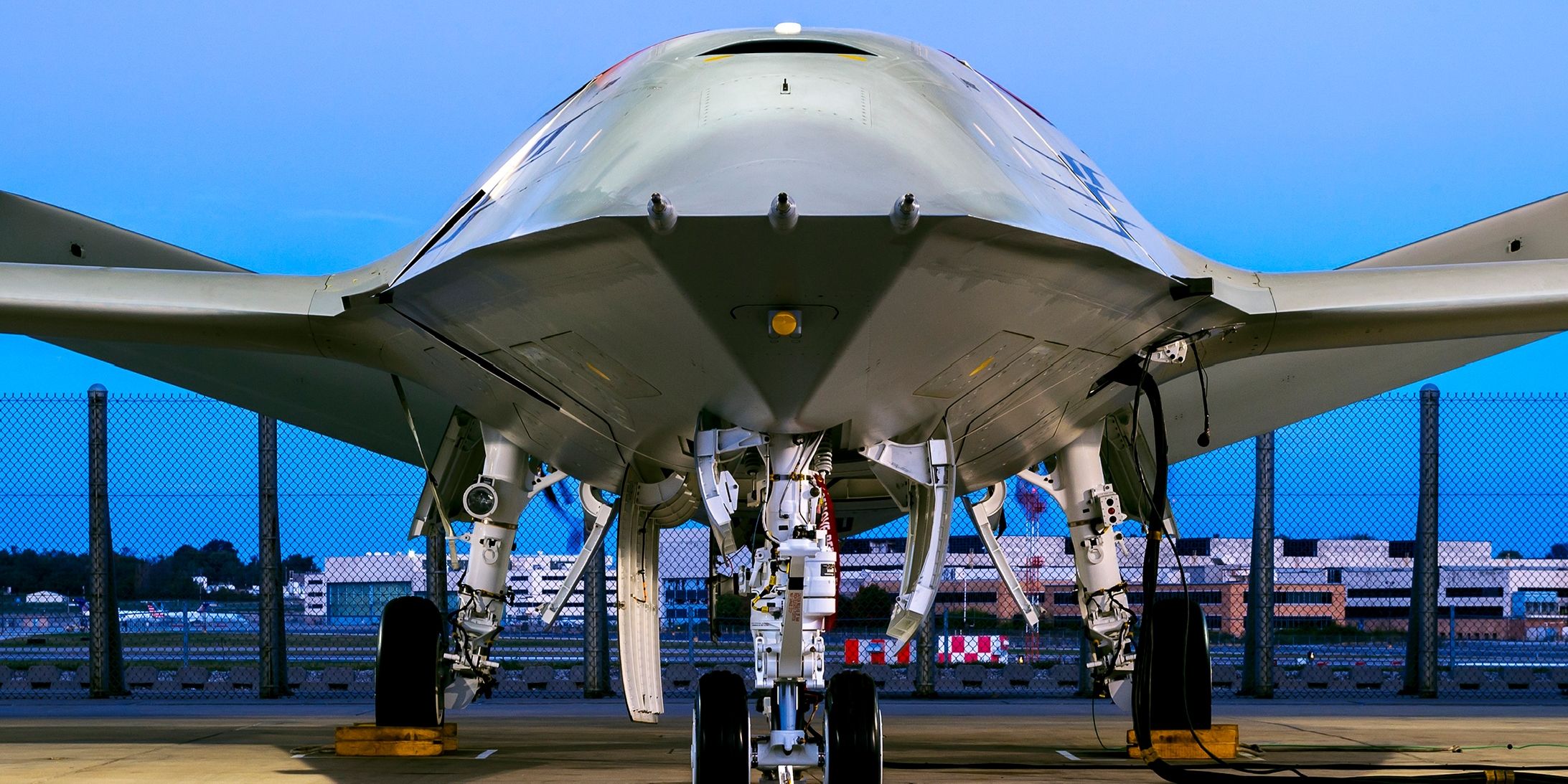
An autonomous aircraft that can fuel a fighter jet midair. That is what Boeing has revealed in their aspirations of a new U.S. Department of Defense contract. The U.S. Navy will decide on the project in January 2018.
The concept of fueling airplanes midair has been around for some time now. It can dramatically extend the duration and range of fighter aircrafts and bombers.
KC-135 / KC-46
Boeing’s KC-135 Stratotanker is commonly used by the U.S. air force and navy. It’s a very old plane first developed in the 1950s, then been modernized with later versions, the KC-135Q variant was for example modified to carry JP-7 fuel necessary for the Lockheed SR-71 Blackbird.
The Pacer-CRAG program (CRAG=Compass, Radar And GPS) which ran from 1999 to 2002, modified all the aircraft in the inventory to eliminate the Navigator position from the flight crew. The latest modification was the Multi-point Refueling Systems (MPRS) modification adds refueling pods to the KC-135’s wings, that allows the tanker to refuel two receivers at the same time.
In March 2009, the Air Force indicated that KC-135s would require additional skin replacement to allow their continued use beyond 2018. But the USAF also decided to replace the KC-135 fleet. However, the KC-135 fleet is large and will need to be replaced gradually.
In January 2007, the U.S. Air Force formally launched the KC-X program with a request for proposal (RFP). KC-X is the first phase of three acquisition programs to replace the KC-135 fleet. After evaluating bids, the USAF selected Boeing’s 767-based tanker design, with the military designation KC-46, as a replacement in February 2011.
The Boeing KC-46 Pegasus is a military aerial refueling and strategic military transport aircraft developed by Boeing from its 767 jet airliner. The first 18 combat-ready aircraft are scheduled to be delivered to the U.S. Air Force during the first half of next year under the terms of the development contract.
The MQ-25 Stingray
But the start of 2018 will also be the start of U.S. military modernization efforts, i.e. stealth, automation etc. The U.S. Navy is seeking unmanned refueling capabilities that would extend the combat range of deployed Boeing F/A-18 Super Hornet, Boeing EA-18G Growler, and Lockheed Martin F-35C fighters.
On January 3, it will be announced which U.S. defense contractor that will receive an order to develop and manufacture the next generation of fueling aircraft. Boeing is competing with Lockheed Martin and General Atomics to win a lucrative U.S. Navy contract called the Unmanned Carrier Aviation Air System Competition (UCAAS), worth over $2 billion.
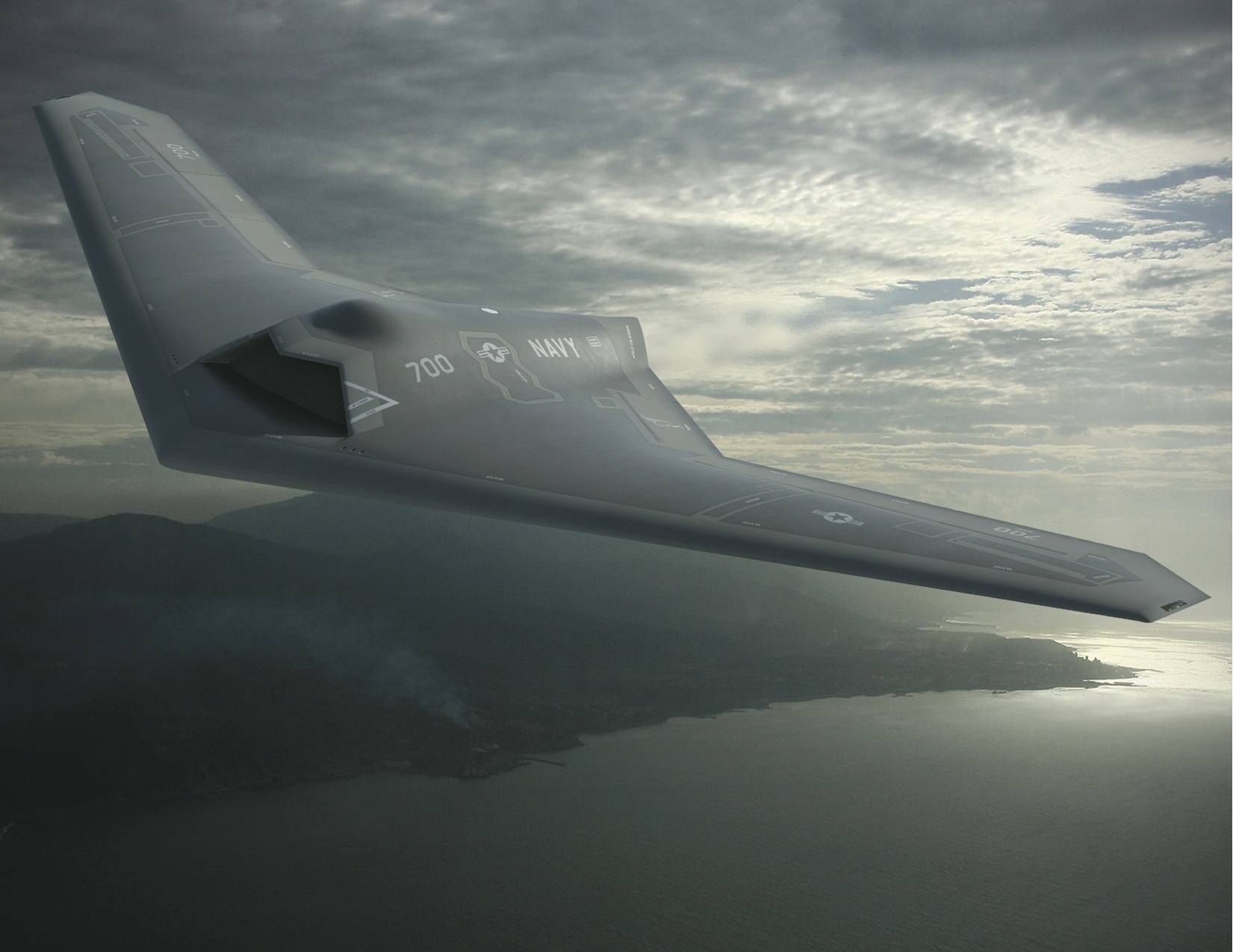
Boeing has now revealed their contender in the fight to win the contract – the MQ-25 Stingray. They are very sparse with technical details, but what we do know is that the plane will be fully autonomous, have an action radius of up to 800 kilometers and be able to deliver about 7 tons (15,000 pounds) of fuel.
“Boeing has been delivering carrier aircraft to the Navy for almost 90 years,”
“Our expertise gives us confidence in our approach. We will be ready for flight testing when the engineering and manufacturing development contract is awarded.”
– Don ‘BD’ Gaddis, leader of the refueling system program for Boeing’s Phantom Works technology organization.
It will be able to refuel the F/A-18 Super Hornet, EA-18G Growler, and F-35C fighters – and means they can stay at the battlefront for far longer. It will also have to seamlessly integrate with a carrier’s catapult and launch and recovery systems, allowing it to use all of the same systems as the fighter jets it will refuel.
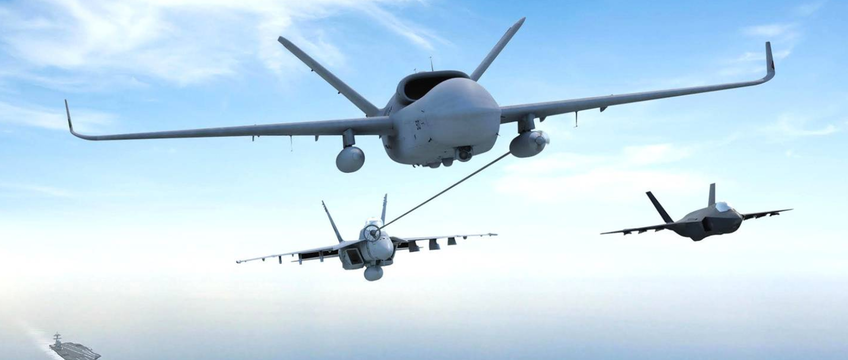
Boeing’s MQ-25 entrant’s configuration is not too dissimilar to both the Lockheed Martin Sea Ghost concept and the General Atomics’ Sea Avenger concept, the latter was a remodeled from the Predator-C/Avenger unmanned aircraft.
Boeing is now in an initial test phase of the engines. In the event of winning the defense contract, the development tests will be rapidly increased in 2018.
The U.S. Navy has a requirement for 72 tanker drones, even though the service will initially only buy four examples of the winning design in order to assess whether the winner will be able to meet all the requirements before handing out any larger production deals.

